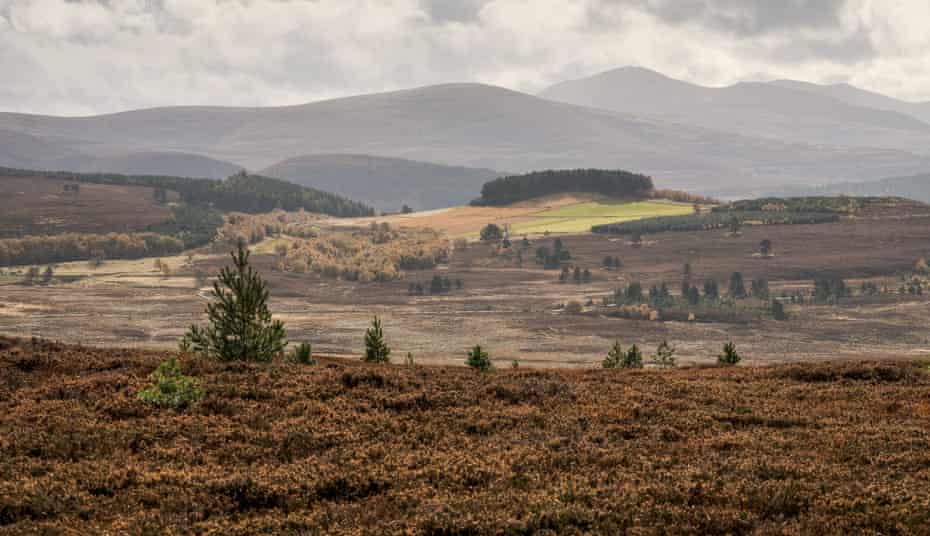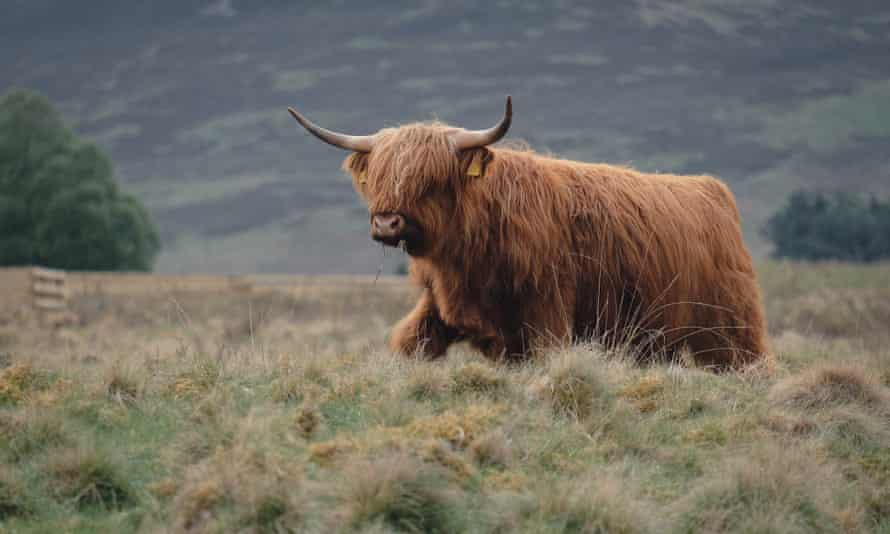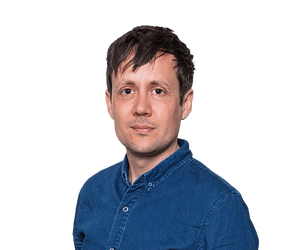Cairngorms crofters: ‘We don’t follow a capitalist grow-grow-grow model’
Lynn Cassells and Sandra Baer say buying croft allowed them to farm based on regenerative principles

“Farming with nature is really not idealism,” says Lynn Cassells. “It’s not a nice thing to do on the side. It’s the core of our business model. Nature is multi-faceted, interconnected and collaborative, and our business is too.”
For years she and her partner, Sandra Baer, dreamed of making a living from the land. Working respectively as an archaeologist and librarian, they saved carefully, hoping that one day they would be able afford somewhere with five acres to grow their own food.
Then, to their surprise, in 2016 they found they were able to buy Lynbreck, a 150-acre croft on the edge of the Cairngorms in north-east Scotland.
Inspired by reading Joel Salatin‘s You Can Farm, their starting principle was that they produce food for local people by farming with nature and allowing some of the croft to rewild.
Their farm is run on regenerative principles, with a low-density of grazing animals roaming freely among the trees. They have planted 17,500 native broadleaf trees to create wood pasture and fenced off nine hectares (22 acres) for natural regeneration, allowing Caledonian pine forest to slowly re-establish.

They tend a herd of eight highland cattle for beef, and raise 12 rare-breed pigs each year. There are nine hives of bees for a crop of heather honey, chickens for eggs and a polytunnel and kitchen garden for vegetables. They sold their first farm produce, eggs, in January 2018.
Their turnover is a modest GBP37,000. They prefer to run their business without subsidies, so do not take the basic farm payment for farmers, and have only received modest financial support for planting trees – but they live simply, cheaply and, crucially, mortgage free.
Their key to success is to sell the food directly to customers. They built a micro-butchery so can butcher their own pigs and they produce value-added foods such as cured meats and smoked foods such as beef jerky.
They have found there is strong demand for high-welfare meat from animals performing valuable ecological functions.They do not sell via mail-order because they want to produce low-carbon food for local people. “That’s the best bit of what we do – to nourish your local community and try to give them health is a real honour,” says Cassells.
Their Egg Club is oversubscribed; so is their Mountain Meat Club (an annual subscription for a monthly “treat”) and their seasonal boxes of pork or beef sell out within 24 hours.
Food sales constitute 60% of their income and their remaining 40% is generated through education.
Covid scuppered their first year of “how to farm” courses but all three residentials (free on-site camping) this year are booked up. Cassells and Baer cover everything from starting a business to basic animal handling. They also run day-long “homesteading” courses and open up for farm tours each month, with additional private tours by appointment. They keep the numbers small (eight per residential) and do everything, including the catering, themselves.

“We’re really conscious that people want to make big changes in their lives and we feel a great burden of responsibility about that,” says Cassells. The biggest surprise about setting up a farm, she says, was the sheer relentlessness of the labour.
The biggest challenge has been resisting the constant temptation to scale up, to produce more food, run more courses. Next spring, when they publish a book about how to start a farm, there will be demand for Zoom meetings and talks all over the country.
Given their location and the domestic tourism boom they could probably make a fine living simply as a full-blown campsite.
Cassells says: “Holidays could be a major source of income but it is our home. We like the engagement side but we like the peace and quiet as well. It’s not about following a capitalist model of grow, grow, grow. It’s regenerative and ‘work within your means’.
“It’s so hard to find that balance. We could opt to do more to earn more, but then you blur that line between the wealth in your bank account and the wealth in your life, and we’ve always gone for the wealth in your life.”
